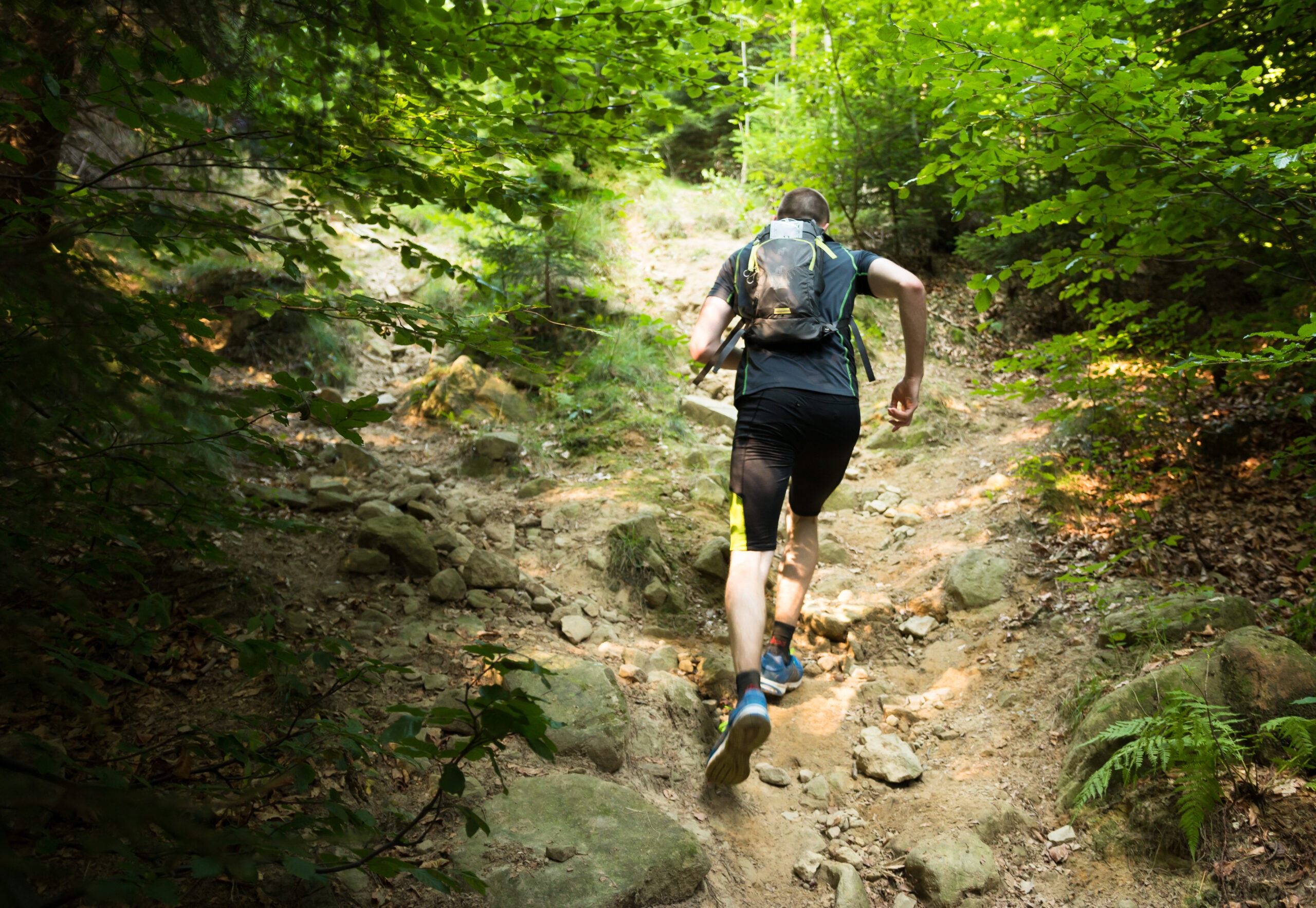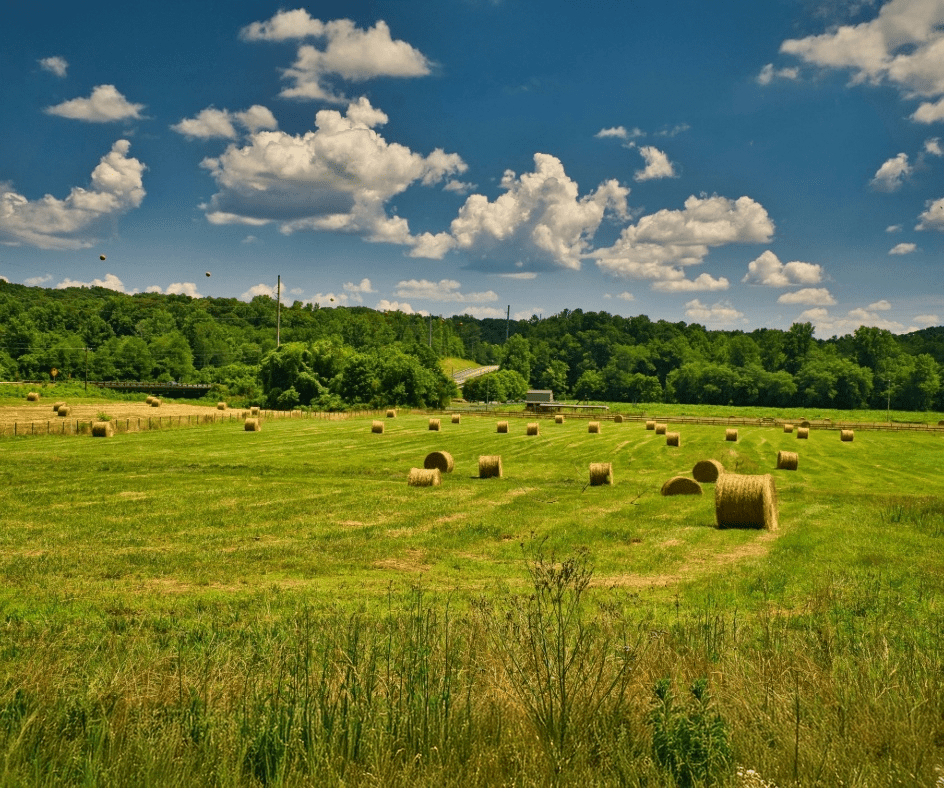As winter is giving way to spring and warmer weather, there are many preparations that hunters will start thinking about for their fall hunting season. Game cameras strategically placed to trend patterns, food plots planted, tree stands hung, limbs cleared. One essential preparation that is often overlooked is conditioning for the hunt. Exercising is important for building stamina to carry packs, stands and other essentials into the woods and out of the woods and to hike to find game. There are a variety of hunt types that require different levels of conditioning. Small game hunts require some cardiovascular endurance to hike through the woods and North American Big Game hunts require strength, stamina and a strong cardiovascular system to pack gear and large animals in and out. Depending on what type of hunting you plan to be doing will determine what type of exercise program you will need to get your body prepared for. Now is the perfect time to get outside as the weather turns warmer and start working on your hunting season performance!
Small Game Hunts – Hiking and Endurance
If you are a small game hunter you may have a combination of sitting, walking hills and terrain and stalking game. Most likely you will have a pack as you move through the terrain or to your sitting spot. Once you have harvested your animal such as a coyote, turkey, waterfowl, etc, you will have to retrieve the animal. Although there may not be much impact or exertion with small game hunting, you will still want to incorporate low-intensity endurance workouts to be able to carry yourself, a pack and your animal into and out of the woods. Increasing cardiovascular endurance, core strength and conditioning your body to being constantly on the move over various terrains is important.
Recommended exercises for Small Game Hunts include:
Hiking –Hiking is a great way to start working on stamina. Whether it is an easy trail or harder terrain that you know you’ll be navigating during your hunt, it is a great way to train your muscles how to navigate through and over the obstacles you’ll be seeing. You can add a weighted pack for extra endurance training as you’re hiking.
Biking – Biking offers a low-impact workout that can be done indoors or outdoors. It is a great way to start building up lower body and core strength.
Planks- A full body workout that helps build strength in your upper body, core and legs. You can start with a :30 plank and work your way up to multiple 1-minute planks.

Deer Hunts- Cardiovascular, Core and Leg Strength
Deer hunting, especially whitetail, is the most popular of species hunted in the US and is what drives the hunting industry. Since the animal is quite a bit larger than the small game we hunted previously, you’ll need to up your game by adding in resistance workouts to your routine. This will help carry the larger packs, accommodate for the farther distances to hunt these animals and to help pack out the bigger animals. Preparing and hunting for your deer hunt will certainly add more exertion than the small game hunts and you’ll want to be prepared.
Some options to increase your endurance and strength for Whitetail hunting are:
Rucking – putting on a pack or weighted vest and walking/hiking with increased loads will help condition your body for hunting season.
Bodyweight exercises and free weights – If you are just beginning- it is better to start with doing bodyweight exercises to start building stamina and strength – pushups, squats, planks and sit-ups can help you start developing your core and strength.
Once you build your base for exercising, you should add in some free weights to strengthen arms, legs and core to increase the strength and endurance of those muscles.
Archery hunters
If you are an archer, you need to incorporate an archery-centric routine into your schedule. You’ll need to train and develop the muscles used to draw a bow. Creating strength and muscle memory in the upper body muscles will help you quick draw and hold steady when you are ready to shoot an animal. The muscles in archery that you’ll need to focus on are chest, back, shoulders, biceps and triceps.
The most common exercises to build these muscles are:
Dumbbell Lateral Raises
Dumbbell Shrugs
Dumbbell rows
Bench Dips
Bent over lateral raise
A variety of push-ups
Planks
Overhead Triceps Extension
Big Game Hunting – High Country Endurance, Mountain Terrain Strength for Legs and Core
Finishing up the hunting list are the other big game found in North America- mountain goats, sheep, elk, mule deer and several others. Most of these animals are located in the mountains and will mean that you’ll encounter steep terrains, limited oxygen, unpredictable mountain weather and multiple days of hiking to locate these animals. Hunting bigger game means that you’ll carry more equipment and have a bigger animal to pack out.
If you’re serious about going after these other North American Big game animals- you’ll want to make sure your body is prepared for these hunts so that you do not physically put your body in danger.
In addition to the before mentioned exercises you’ll want to incorporate:
HIIT training- you’ll be able to raise your heart rate while taxing your muscles and then go into recovery mode multiple times in a workout. Several examples include up hill sprints, with a walk down or :20 work/:10 recovery of any cardio activity
Rucking- Load your pack with heavy items and set out to hike on some of the roughest terrain you can find. You can incorporate body weight exercises to make it more challenging.
Whatever your fitness goals for hunting are, make sure to keep to the plan that you make for yourself. Incorporate the nutrition that your body will need to achieve the hunt you will be going on. Hydrate, hydrate, hydrate- that is key to keeping your muscles and joints working properly so they do not fail you in the woods. You’ll want to start about 4-6 months before your hunt so that you’ll have an appropriate amount of time to make the gains you are looking for. Most of all have fun with it, mix up your workouts and enjoy being outside.
Afterall, if it’s worth doing, it’s worth doing right and being prepared for the challenges!



Leave A Comment